In some countries, water from the mains water system is pressurized when it arrives at homes and other buildings. This is not usually the case in Mexico, so home owners need to implement some solutions to create a pressurized water system that will keep water flowing at the property.
How water is delivered in Mexico
Water in Mexico is usually delivered to homes in one of four ways:
- via mains-feed system; or
- via a communal feed sourced from official local water springs and wells; or
- via a private well situated on the property or in the local neighborhood (although this is rare); or
- via a combination of rain collection (in season) and local water delivery by truck.
None of these methods provide provide the constant pressure needed to move the water effectively around your property’s pipework. Good pressure is needed especially for use in showers and taps situated on the second or third story of a property, and to water your garden with a hose or pressure-driven sprinkler.
The importance of your home’s cistern
Almost all properties in Mexico have a cistern to collect and store water—regardless of whether you get water from a mains-fed system, a communal feed, rain water collection, or a combination of these.
The low pressure water feed from the mains-fed and communal water distribution systems is sufficient to fill these underground water storage areas, usually via a pipe that runs just below the surface of the street level. (Mains-fed systems in some places might have sufficient pressure to fill a tank on a low roof, but you ought not to count on this.)
If you have water deliveries made by truck and/or collect rainwater during the rainy season, that water will be channeled into your property’s cistern.
Cisterns sizes are expressed in liters and cubic meters: one cubic meter of cistern will store 1,000 liters (264 US gallons) of water. They’re usually made of concrete and vary in size. Some homeowners dig a big hole, line it with concrete, and place a plastic tank in that space —a large tank for domestic use will store around 11,000 liters of water— leaving a service lid for access and maintenance to the tank inside; however, most cisterns are built using concrete that stores the water directly.
Cisterns (and tanks) need cleaning occasionally to clear sediment that inevitably builds-up on the cistern’s base, and algae that may begin to propagate around the top edges of the high waterline.
Smaller homes will usually store around 3000-4000 liters of water inside a small concrete cistern; mid sized homes may have cisterns of about 10,000 liters, larger homes, condos and apartment buildings, and properties with extensive gardens may have two or more cisterns with a capacity to store 50,000 or more liters of water on the property.
Water storage is especially prevalent during the dry season, when there’s no rainwater to collect, and mains-feed systems, which are usually intermittent and deliver water once every few days, often reduce delivery schedules during acute dry spells between November and May to conserve water in the area they serve.
Cisterns filled from mains-fed water or communal water networks have a float valve installed that shuts-off the incoming water when the cistern is filled. Cisterns that are filled using rain water have overflow systems that prevent additional rainwater from accumulating when they’re full.
Creating water pressure for your property in Mexico
There are two principal ways of creating pressure within your home, building, or property. The first, which is a gravity-led pressure system is almost universal even if you use the second method, which is to install a hydro-pump within your home’s water system—and there are two principal types of those.
El Tinaco—The water reservoir on your roof
If you’re familiar with Mexico you will have seen water tanks everywhere, situated atop roofs on homes and buildings across the country. The very old ones are made of cement; modern versions are made using a special type of plastic. Some of these tanks are mounted on a tower or base to give them additional height above the property’s rooftop. The additional height creates additional pressure below, that is especially useful in shower rooms on upper floors.
An electric pump moves water from the cistern to the tinaco. The pump is usually automated: it switches on when a floating switch in the tinaco falls below a certain level, and stops when it’s full, preventing the tinaco (water reservoir) on the roof from overflowing.
Rooftop reservoirs in private homes usually store between 1,000 and 2,000 liters of water. In condos and other buildings that serve multiple units, these tanks may be larger, although the water is usually stored (and thus the weight distributed) across multiple smaller tanks.
When the water from the cistern has been pumped-up to your roof, gravity takes over. The higher the tank is situated above the property, the more pressure you’ll have below. A tank on on a small tower above the roof of a two-story home provides plenty of pressure for upstairs and downstairs showers, and to power 100-foot long hosepipes connected to downstairs taps. Note that showers on two-story homes will require the reservoir tank to rest on a tower above the roofline to create sufficient pressure and water volume for a good head of water to flow upstairs.
Installing a hydro-pump for water pressure
Some people choose to install a hydro-pump on their property that keeps the water pipes pressurized throughout the home.
A pump-driven pressurized system is helpful if the design of the property doesn’t lend itself to having a roof-top tank (practically and/or aesthetically), or in cases where a water tank cannot be placed sufficiently high enough above the property to create a decent amount of water pressure throughout the home.
There are two main types of water pressure system for homes:
- A hydro-pneumatic pressure tank/pump combination; and
- A water pressurizing pump.
A hydro-pneumatic pressure tank/pump —Bomba Hidronuemática— pressurizes water in a tank that is then channeled into the property’s water pipe system. When you switch on a tap, the pressurized water in this tank is released to give pressure at the tap-head. The pump ignites when the tank’s water pressure falls below a preset level—thus, pressure with this type of pump can fluctuate as the pressure in the tank drops gradually until the pump reignites to restore the pressure level. Tanks come in various sizes, and larger properties require bigger tanks to operate effectively and prevent significant fluctuations in water pressure.
See also: Types of hydro-pneumatic pressure tanks/pumps (Amazon Mexico).
A water pressure pump —Presurizador de Agua— is a pump that is plumbed directly into the property’s water pipe system without the need for a pressurized tank. When you switch on a tap, the pump ignites and is controlled to provide a constant pressure level while the water is running. These types of pumps are ideal when you want a consistent water pressure and/or don’t have much space to store a pressurized tank.
See also: Types of water pressure pumps (Amazon Mexico).
Check your home’s plumbing before pressurizing the water
Before you install any type of pressure system into your home’s plumbing, you’ll need to take into account how your pipework is configured, especially if it’s older.
You need to check to be sure that the piping (and moreover its joints), as well as any water heaters and other water appliances (e.g. dishwashers) you have installed can cope with the high pressure.
Also, if you use a solar water heating system, make sure that the solar unit is compatible with pressurized systems: some less expensive models will leak or burst if the water passing through them is placed under too much pressure.
Choosing a water pressure pump for your home in Mexico
Each type of pressure pump has its advantages and disadvantages.
They depend on an electric pump to operate, so power cuts may affect your water pressure—whereas a gravity-fed system will not be affected by power cuts while there is sufficient water in the rooftop reservoir tank.
Some homes have a tank on the roof in addition to a pressure pump to keep a modicum of pressure in the system even if the power fails or the pump breaks down.
The pumps come in different sizes. Capacity is usually expressed in ‘flow’ of cubic meters of water per hour, (1m3 = 1,000 liters), and/or ‘horsepower’—that describes the raw power of the pump.
More expensive pumps tend to have copper-wound motors; the more common and less expensive models have aluminum-wound motors. Whether copper or aluminum is better is a matter for debate.
If you have large property and will be pumping a lot of water with need of a heavy duty pump, you might consider a more expensive copper-wound motor; for most homes a less expensive aluminum-wound motor is likely to be adequate.
Talk to a plumber about how to choose and buy the right type and size of water pressure pump for your home’s needs.
Learn more about water supplies in Mexico
Mexperience publishes articles and guides to help you understand water supplies and the efficient use of water at your home in Mexico, including:
- Water supplies for residential homes in Mexico
- Clarity about drinking the water
- Sewerage and septic tank systems for your home in Mexico
- Latest articles related to use of water in Mexico
- Latest articles about Mexico’s rainy season and dry season
- Home Maintenance and Security in Mexico
Mexico in your inbox
Our free newsletter about Mexico brings you a monthly round-up of recently published stories and opportunities, as well as gems from our archives.

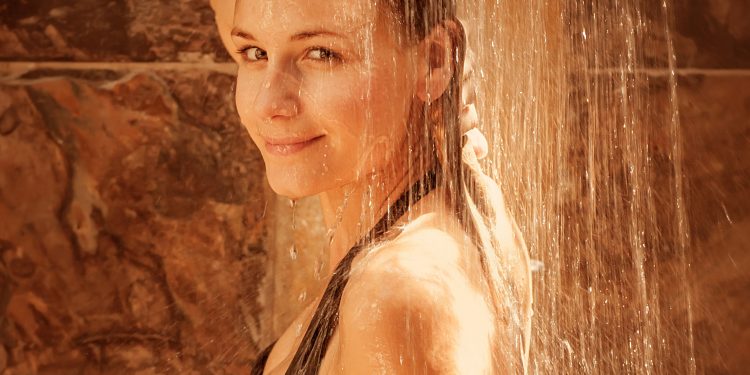
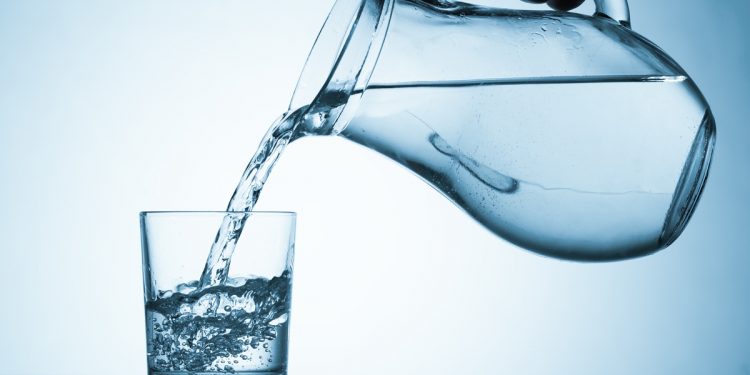
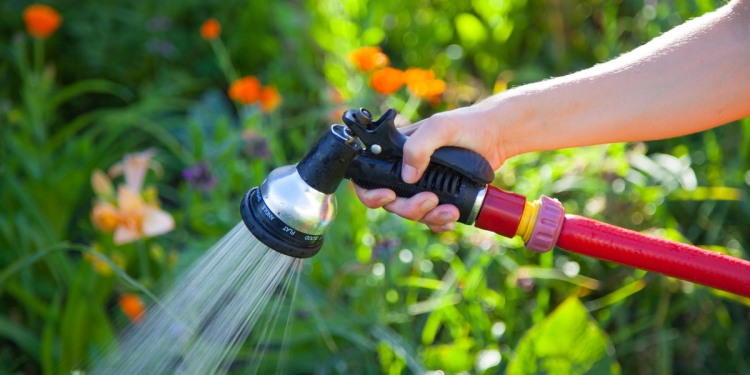
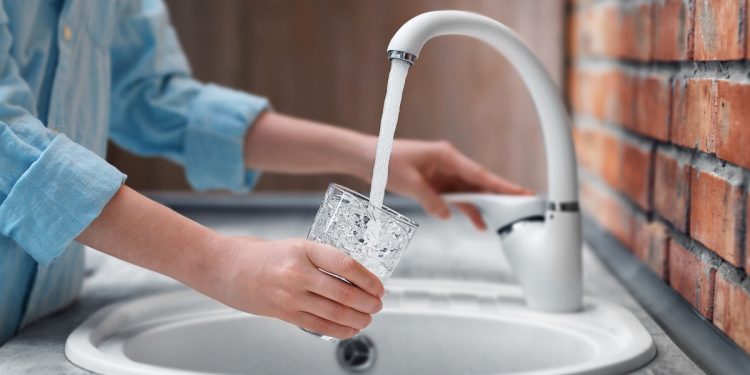
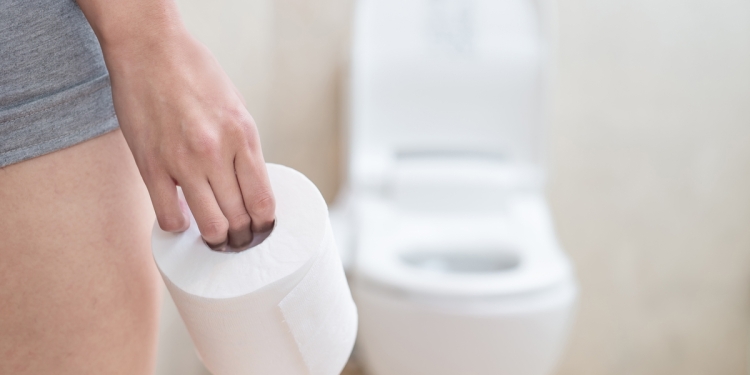
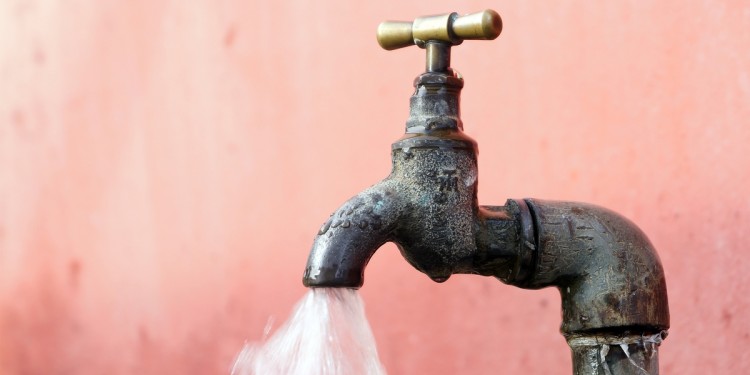
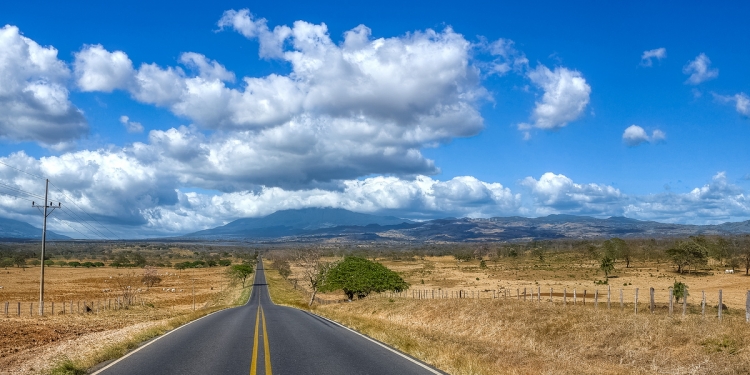
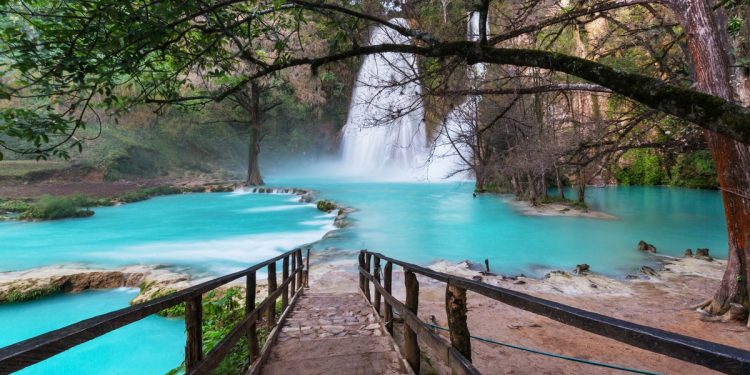
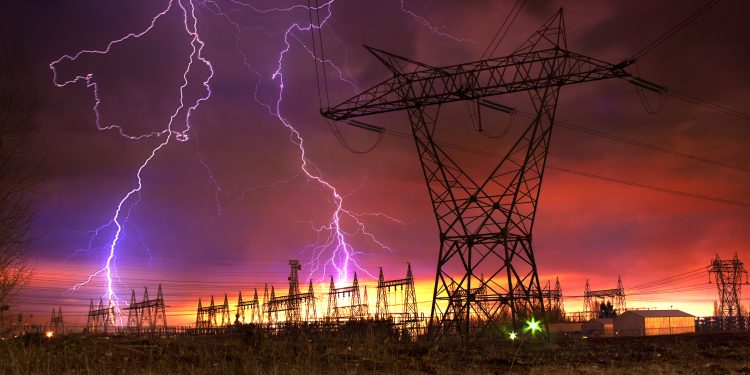

Another technology to consider is an Atmospheric water generator. The devices is basically a dehumidifier which removes the moisture from filtered air and collects it in a tank, where it is then pumped through a filter and UV light and sent to whatever use you want. They are very reliable for drinking water on a whole house use, but get rather expensive for an entire off grid water supply.
They range from $2,000 for a daily drinking water source system to from
$10,000 to $50,000 for whole house use depending on your water needs.
A cistern and tinaco is a good way to go
I live in Mazatlan and do not have a cistern but I have 2 tinacos 1850 liters of water
The city water pressure is enough to fill the tinacos at night
I installed a 1 hp pressure pump on the roof so have pressure for the whole house
Tinacos come in a tan color so are not ugly
UV lamps are ok but it MUST be located at POU / point of use like under your kitchen sink & UV lamps only kill bacteria
You don’t have purified drinking water using a UV lamp
You must have an reverse osmosis system to have purified drinking water
I have been in the water business since 1994
Hey Mitch
I have a question that you may be able to answer. I have a home in mazatlan as well and have two plastic tinacos on the roof as well. Just had them cleaned. I have a water uv system with filters all good. The issue that is driving me crazy is my pressure pump cuts in every 30 minutes or so with no one using water or flushing toilets. No leaks anywhere that I can see checked under sinks, toilet floats street filter Etc nothing. Just don’t understand why pump is cutting in.
Any thoughts???
Ok
Great!! I just had a plumber come in test all the toilets repaired a leak but my small pressure pump still cycles every half hour with no water running?? Any ideas what is causing this??
Small pumps need to be ‘primed’ every so often to remove air pockets from the pipes. The pump will have a vertical pipe with a tap/key on top. You open the tap, fill that with water manually, get the pump running, and then close the tap/key (thus forcing out the air from the system and the water will be begin to pump from the cistern to the tank on the roof). If it’s not air in the system, there might be an issue with the floater that controls the pump switch. Talk to your plumber about this.
An alternative to the unsightly tinaco is to dig your own well and have an air pressure tank. It cost us about $4K usd to install a 21 meter well with submersible pump, 5 gallon air pressure pump, and whole house ultraviolet water filter to kill any bacteria. This did not cost much more than going the cistern, tinaco, and tower route explained in this article. The payoff is 24*7 clean and pressurized water without the ugly tank on our roof, as well as independence from any conditions associated with availability and health qualities with the public water supply.
You do know that most homes in Mexico have fosas (or septic tanks) which leach the liquid contents of your septic system into the soil. If the soil is good for this, it can leach into the same water layer as your well.
Maybe not so clean water as you think.
MANY homes in America have septic tanks too.Fyi
panaharoldo: You need a special permit to drill a water well in Mexico. You cannot simply drill down to the water level and extract the water that way.
Michael: a propertly installed septic tank system doesn’t pollute the property’s fresh water supply.
Great piece of information on the water system for a home in Mexico. My wife and I are planning to buy a home in Mexico and this article has been an extremely helpful eye opener.